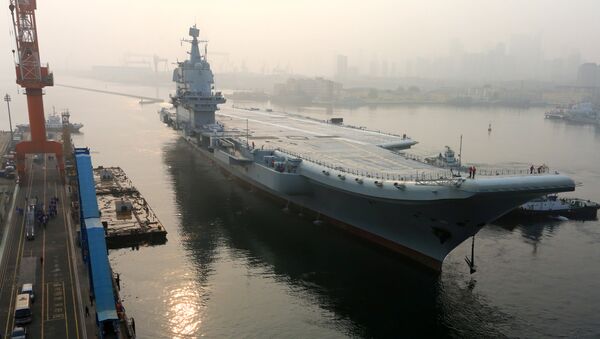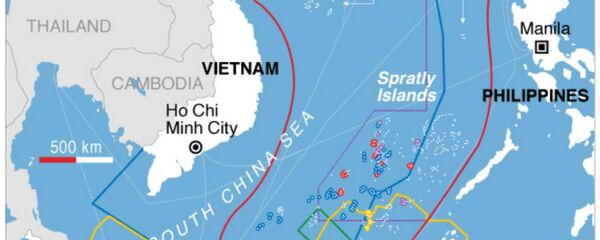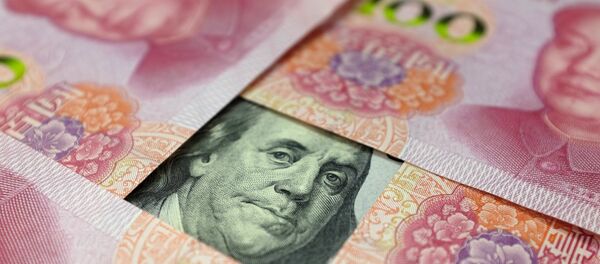The report identifies a total of 16 countries in the Asia-Pacific region that are targeted by China’s tactic of first granting loans, which are beyond their capacity to pay off, and subsequently freeing them from debts, The Guardian reported.
The budding academics have dwelt upon the countries that can be of great concern to the US – these are primarily Pakistan and Sri Lanka, states where China’s method can be traced most easily amid worsening debt and where the government has already noticeably given in to China. With regard to Sri Lanka, the authors of the report have voiced concerns that the port of Hambantota, which was to a great extent financed by China and is feared to be part of a “debt trap,” might become in the near future a Chinese naval base as part of a swap deal.
Separately, they have named Papua New Guinea and Thailand, as countries where the Chinese scheme has not yet been applied in full.
The report also states that the Indonesian-based ASEAN association may well be targeted by China, interested in gaining a “proxy veto” in the region by extending its political clout in Cambodia, Laos and the Philippines.
In a separate chapter, the report strongly advised the US to better target its investments and manage the debt burdens of developing Asian countries, as well as boost India’s leverage in the region.
Last year, India publically lashed out at China for expanding its “One Belt, One Road” initiative at all costs, with little attention paid to nations shouldering the unaffordable debt burden as a result of this. China notably responded by saying that it would never opt for stealthy neocolonialism, as it would otherwise sacrifice regional stability "upon which the nation’s astonishing successes have been built."
In the 10 years to 2016, China extended roughly $2.2 billion in loans to Pacific nations, Vanuatu and Tonga among others, according to think tank Lowy Institute, with that money being distributed partly by way of gifts, but mostly in the form of concessional or discounted loans. The latter presuppose that China extends loans on the proviso that the borrowing nations spend the money on building infrastructure using Chinese construction agencies.




